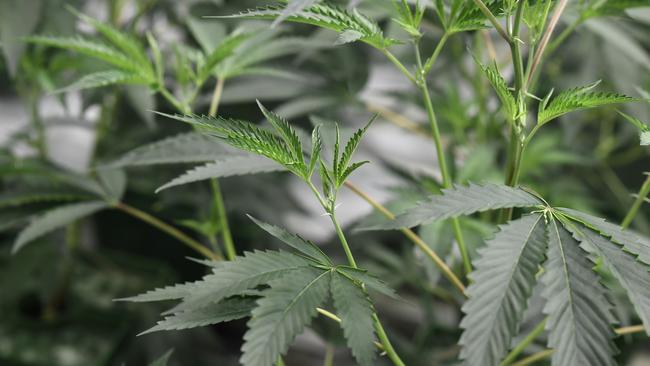
To date, the use of medical marijuana has been supported anecdotally, but formal clinical evidence has been lacking. So it’s a race to build so-called “real world evidence”, which is data on how the therapies work (or don’t work) with everyday patients.
In this context, Emerald Clinics (EMD) has just staged its much-anticipated ASX debut after raising $6m of the maximum $8m.
The backdrop here is that the powerful US Food and Drug Administration is more inclined to accept real world evidence.
It’s no coincidence that CSL chief Paul Perreault this week was also banging on about the need for the biotech giant to bolster its patient data analytics.
While the government legalised medical pot in 2016 and about 130 cannabis drugs are accessible, the Therapeutic Goods Administration has only approved one of them (Sativex, for muscle spasticity related to multiple sclerosis).
As a result, patients need to access unapproved cannabis drugs via a special access scheme, in which the TGA allows usage on a case-by-case basis. GPs remain wary of pot therapies, which is not surprising given the sceptical view of health regulators globally.
Emerald differs to its pot peers in that it operates specialist cannabis clinics for patients referred from elsewhere. However, its real growth prospects lie not in consultation fees, but in accruing de-identified data on how the patients are faring under the various drugs and dosages.
To date, Emerald is the only party offering real world evidence in the cannabis sphere. The plan is to sell this growing data to parties such as drug developers, who can use the stats as an alternative to expensive formal clinical trials.
Emerald opened its first clinic in Perth’s West Leederville in December 2018 and now has three more, in Sydney’s inner suburb of Woolloomooloo, Richmond in Melbourne and Tintenbar in northern NSW.
The company has slated two more local outlets, as well as one in Britain that has broadly similar (but stricter) regulations.
Emerald claims about 1000 active patients on its books. Aged 70 on average, these patients have tried every other therapy for conditions such as non-cancer and cancer pain, cancer-induced nausea and vomiting, neuropathic pain and anorexia, and wasting resulting from chronic illnesses.
Many of the patients are in palliative care.
“Cannabinoid medicine has not penetrated mainstream medicine,” says Emerald Clinics executive chairman Stewart Washer.
“The majority of doctors don’t believe there is enough evidence. They are not willing to prescribe to patients but they are willing to refer them (to specialist clinics).”
One risk for investors is that demand will be subdued because the therapies are not subsidised under the Pharmaceutical Benefits Scheme and are not covered by private health insurers.
Happily for patients, there’s no shortage of raw cannabis supply globally and plenty of drug development work, which means the cost of treatment is declining. Emerald patients pay an average $200-$300 a month, compared to $400 a mere six months ago.
Little Green Pharma (LGP) not yet listed
The West Australian-based pot pioneer is also slated to list, based on its paddock-to-prescription model of growing the weed and refining it into medicines for local and export markets.
Little Green Pharma is somewhat of a little green pioneer, having been the first cannabis maker to harvest a commercial stock (in May 2018) and derive a therapy from the local product.
The company has raised its targeted $10m, which will be used to expand its indoor hydroponic facility in WA to support annual output of 110,000 bottles of its branded cannabis oil.
Having won an export licence in January last year, the company is preparing to ship its first order to Germany, where medical dope is legal but growing it is verboten.
Little Green Pharma so far has supplied 4500 bottles to more than 1400 patients. In the 2018-19, year it turned over $248,500 and lost $5.5m, but the expansion plans should bolster the top line.
Tim Boreham edits The New Criterion




Having been long on promises but short on deliverables, the ASX-listed cannabis sector is taking an evolutionary step from growing the stuff to proving pot is indeed the healing herb it is meant to be.